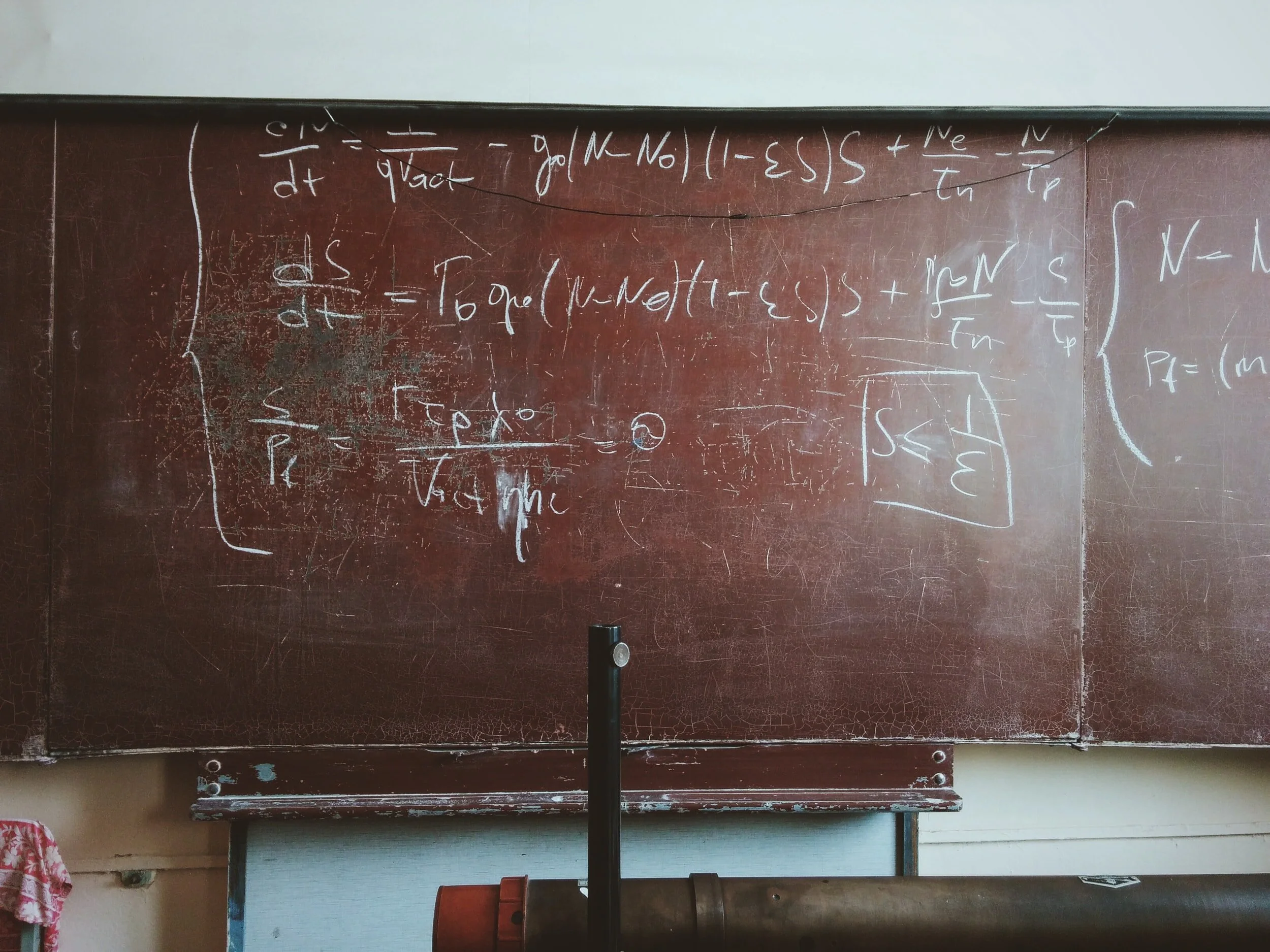
Lockhart’s Lament: Math’s True Beauty
Paul Lockhart is a high school math teacher who laments that the true "sexy and psychedelic" beauty of Math is not taught to students. Instead, students are made to labor through problems that bore or confuse them. This is a revolutionary essay, and should be read by all teachers, not just Math teachers.
Excerpts from “Lockhart’s Lament”
All this fussing and primping about which “topics” should be taught in what order, or the use of this notation instead of that notation, or which make and model of calculator to use, for god’s sake— it’s like rearranging the deck chairs on the Titanic! Mathematics is the music of reason. To do mathematics is to engage in an act of discovery and conjecture, intuition and inspiration; to be in a state of confusion— not because it makes no sense to you, but because you gave it sense and you still don’t understand what your creation is up to; to have a breakthrough idea; to be frustrated as an artist; to be awed and overwhelmed by an almost painful beauty; to be alive, damn it. Remove this from mathematics and you can have all the conferences you like and it won’t matter. Operate all you want, doctors: your patient is already dead.
The main problem with school mathematics is that there are no problems. Oh, I know what passes for problems in math classes, these insipid “exercises.” “Here is a type of problem. Here is how to solve it. Yes it will be on the test. Do exercises 1-35 odd for homework.” What a sad way to learn mathematics: to be a trained chimpanzee.
But a problem, a genuine honest-to-goodness natural human question— that’s another thing. How long is the diagonal of a cube? Do prime numbers keep going on forever? Is infinity a number? How many ways can I symmetrically tile a surface? The history of mathematics is the history of mankind’s engagement with questions like these, not the mindless regurgitation of formulas and algorithms (together with contrived exercises designed to make use of them).
A good problem is something you don’t know how to solve. That’s what makes it a good puzzle, and a good opportunity. A good problem does not just sit there in isolation, but serves as a springboard to other interesting questions. A triangle takes up half its box. What about a pyramid inside its three-dimensional box? Can we handle this problem in a similar way? I can understand the idea of training students to master certain techniques— I do that too.
But not as an end in itself. Technique in mathematics, as in any art, should be learned in context. The great problems, their history, the creative process— that is the proper setting. Give your students a good problem, let them struggle and get frustrated. See what they come up with. Wait until they are dying for an idea, then give them some technique. But not too much.
So how do we teach our students to do mathematics? By choosing engaging and natural problems suitable to their tastes, personalities, and level of experience. By giving them time to make discoveries and formulate conjectures. By helping them to refine their arguments and creating an atmosphere of healthy and vibrant mathematical criticism. By being flexible and open to sudden changes in direction to which their curiosity may lead. In short, by having an honest intellectual relationship with our

